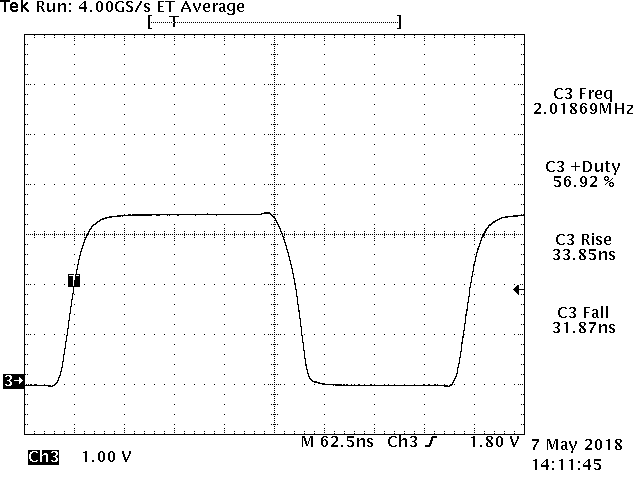Other Parts Discussed in Thread: SN74LVC1GX04
Hello,
I am using LMC555 in astable configuration to generate a 2MHz square wave. However, I observed that the maximum I am able to go is approximately 1.6 Mhz, with a very low (~50pf) timing capacitor.
I am working at 3.3V and the output sees a maximum load capacitance of 10nf. I have made the circuit on pcb (used a bypass cap across Vcc and Gnd).
I want it to know whether at 3.3V with light capacitive load, the IC will be able to generate a 2Mhz wave?
Also, please point out if you see any particular issue why am I not getting a frequency output of 2Mhz.



